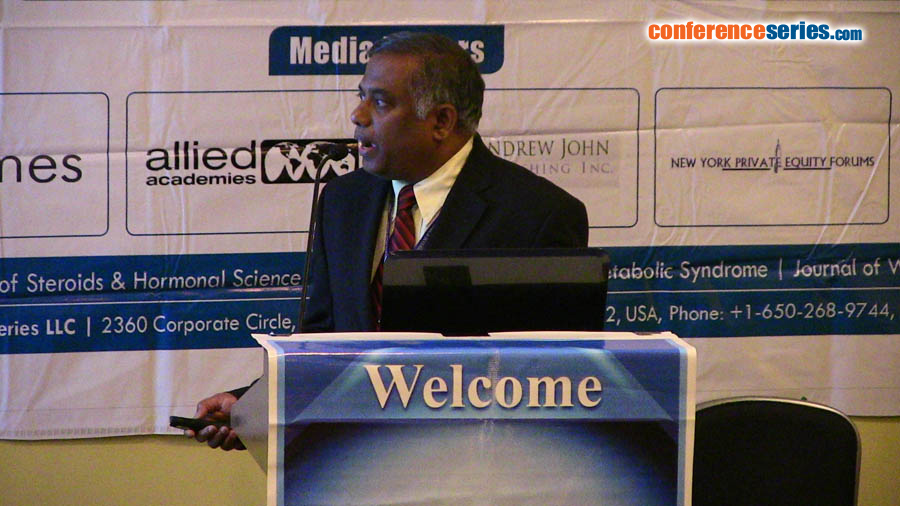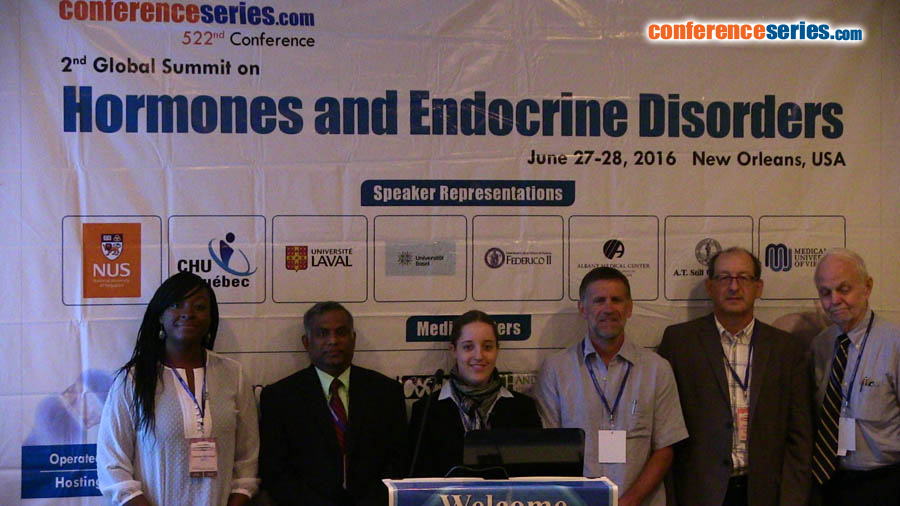
Pandurangan Ramaraj
A.T. Still University, USA
Title: Differential Effects of Dehydroepiandrosterone (DHEA) between Mouse and Human Melanoma Cell Lines
Biography
Biography: Pandurangan Ramaraj
Abstract
Androgens such as dehydroepiandrosterone (DHEA), androstenedione (AD) and testosterone (T) are essential for healthy skin. They play important roles in growth and differentiation of sebocytes, hair growth and wound healing in the skin. Decrease in DHEA level with age was attributed to cancer and other problems of aging. So, the effect of DHEA on melanoma, a fatal form of skin cancer was checked. DHEA’s purported beneficial effects (such as anti-cancer action) were observed in mouse and other rodents, but not in humans. Our previous study on DHEA biological functions using a variety of cell lines showed that the differences existed not only at the systemic level, but also at the cellular level. Hence, we decided to compare the in-vitro effects of DHEA between mouse (B16F10) and human (BLM) melanoma cell lines. Results indicated that DHEA actions were mediated through androgen receptor (AR) in both cell lines. DHEA showed significant growth inhibition and induced autophagy in mouse cell line, whereas it showed a muffled inhibition and induced apoptosis in human cell line. Moreover, co-incubation of DHEA with progesterone showed an additive effect in decreasing the cell growth in mouse cell line, but not in human cell line. These differential in-vitro effects between mouse and human melanoma cell lines were in line with previously published in-vivo and in-vitro effects of DHEA.
Conclusion: These differential in-vitro effects of DHEA suggested a possible difference in intracellular processing of DHEA between mouse and human melanoma cell lines and this mechanism was able to explain the systemic differences observed between mouse and human in-vivo experiments.





